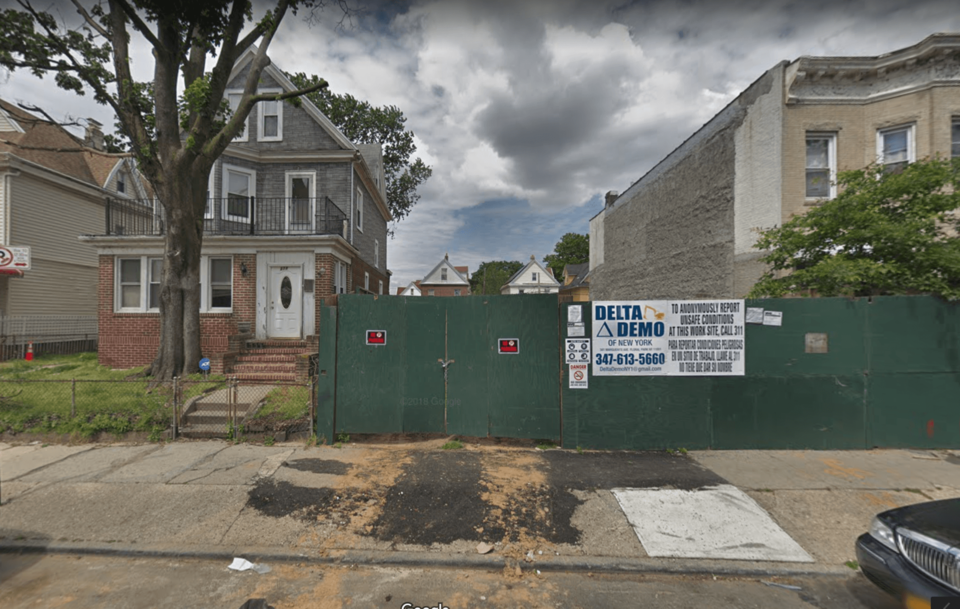East Flatbush is a neighborhood in transition ... and I mean this literally, it is physically morphing right before our eyes.
If you take a walk anywhere from East 31st Street over to Brooklyn Avenue, you will see nothing but fenced-off lots, cranes, excavators and bulldozers. There is so much building activity going on in this area, you would think that some natural disaster had befallen the area, and that a massive reconstruction effort was underway.
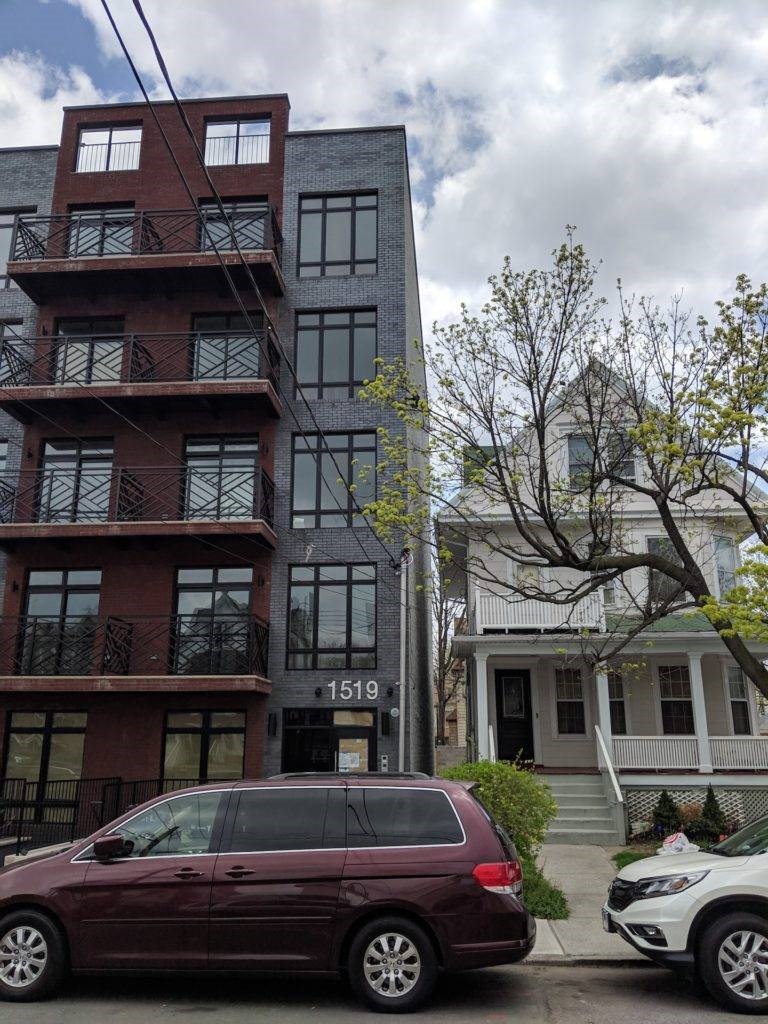
Fortunately, this could not be further from the truth. The neighborhood is on fire, but in a positive way. In fact, StreetEasy, one of the most popular online platforms for real estate searches in NYC, identified East Flatbush as No.2 on their NYC Neighborhoods to Watch in 2019 list.
According to the real estate platform, searches by their users for housing in the neighborhood increased by 343 percent, absolutely crushing the Lower East Side, which is the neighborhood with the next greatest increase in searches at 92 percent.
East Flatbush's increase in popularity was also a product of the great L train shutdown scare. For more than a year, the public received urgent notifications that this critical subway line, which connected trendy Williamsburg to Manhattan, would be closed for repairs in the spring of 2019. This turned the Brooklyn real estate market into a tailspin, leading masses of people in Williamsburg and other areas that were dependent on the L to look for other alternatives.
East Flatbush with its rich culture, convenient access to public transportation and relatively affordable housing prices, immediately popped up on everyone's radar.
Even after it was determined that the L would remain in operation, the genie was already out of the bottle and East Flatbush had become a destination in its own right instead of a second-hand choice.
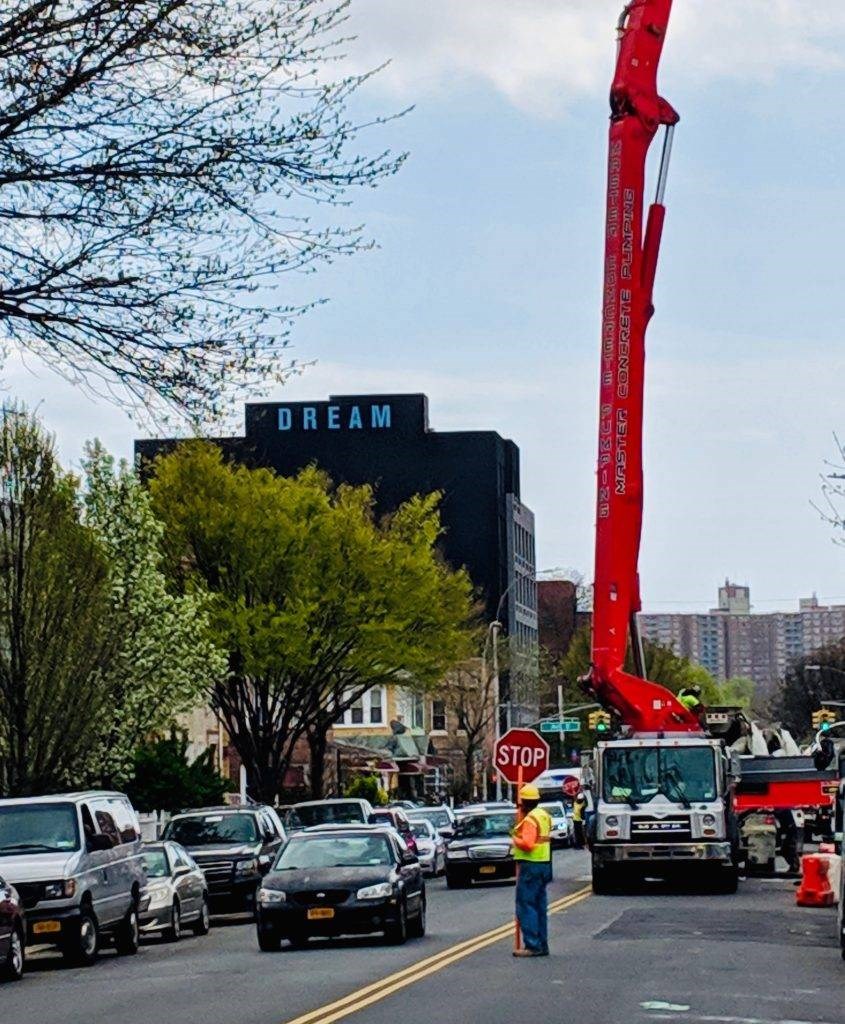
This transformation has not been without controversy and brings into stark relief the tensions that arise from rapid change and the threat of displacement. Residents in the area have complained about aggressive tactics being used to target seniors and other vulnerable homeowners to sell their property. Others are disturbed by the scale of the new developments and call for downzoning or contextual rezoning to limit building heights and maintain the character of the community.
On the other hand, many residents have taken advantage of the sudden sharp increase in their property values and have sold their properties at a substantial profit to improve their financial positions, in some instances avoiding bank foreclosure. Additionally, much of the new construction is driven by Mayor Bill De Blasio's plan to create 300,000 units of affordable housing.
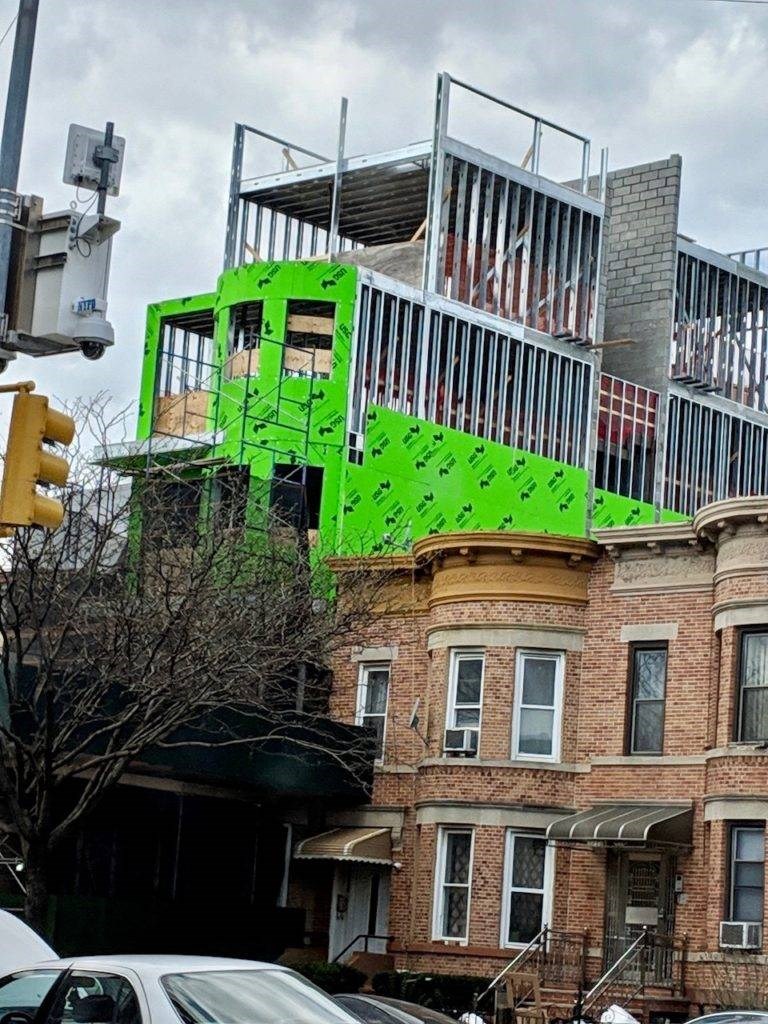
Photo credit: R. Richardson
In the wake of already breathtaking changes, even more changes could soon be on the horizon. Several new proposals have surfaced in the City Council related to rezoned neighborhoods that could potentially have a significant impact on development in places like East Flatbush.
As reported last month in Curbed New York:
"A new City Council bill would require the city to study whether neighborhood-wide rezonings have spurred indirect displacement for existing area residents. [...] If enacted, the bill would require city officials to conduct a study on the relationship between secondary displacement and all neighborhood rezoning plans certified after January 1, 2015. [...]The new bill aims to create a well of data that would also serve to concretely determine whether the city's rezoning policies have racially disparate impacts."
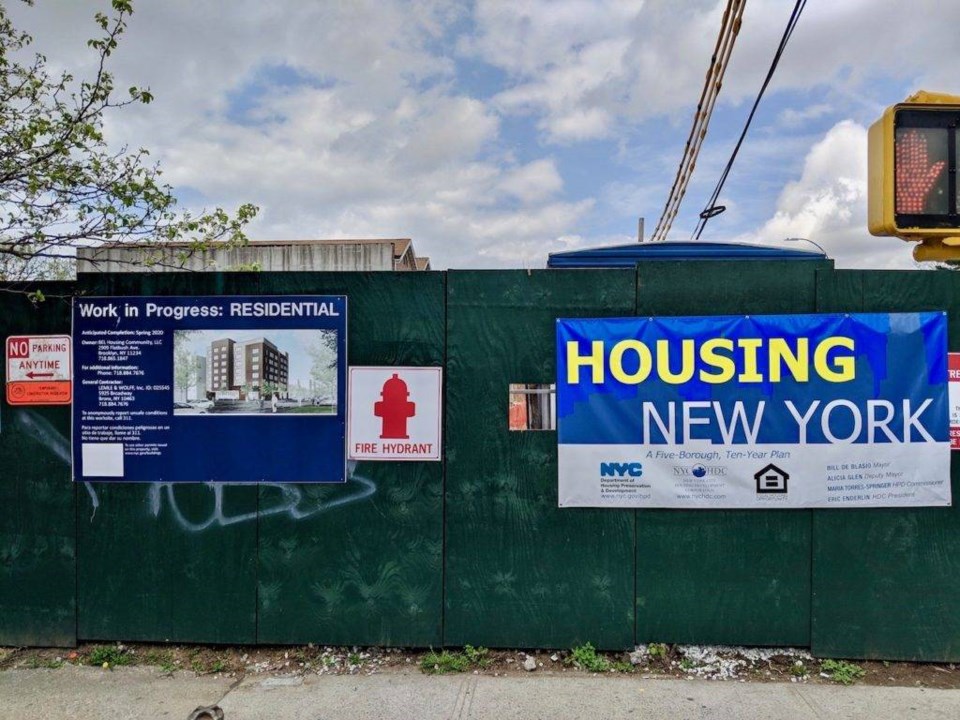
Some developers in anticipation of changes that could limit their abilities to build are stepping up their efforts to acquire lots in rezoned areas with the understanding that there is only a limited amount of land available and conditions for development may not be any better than they are right now.
We will keep watching to see how it all "develops!"

